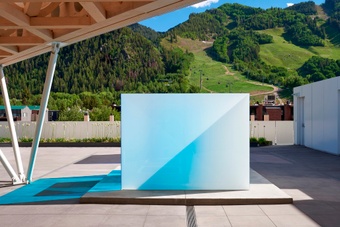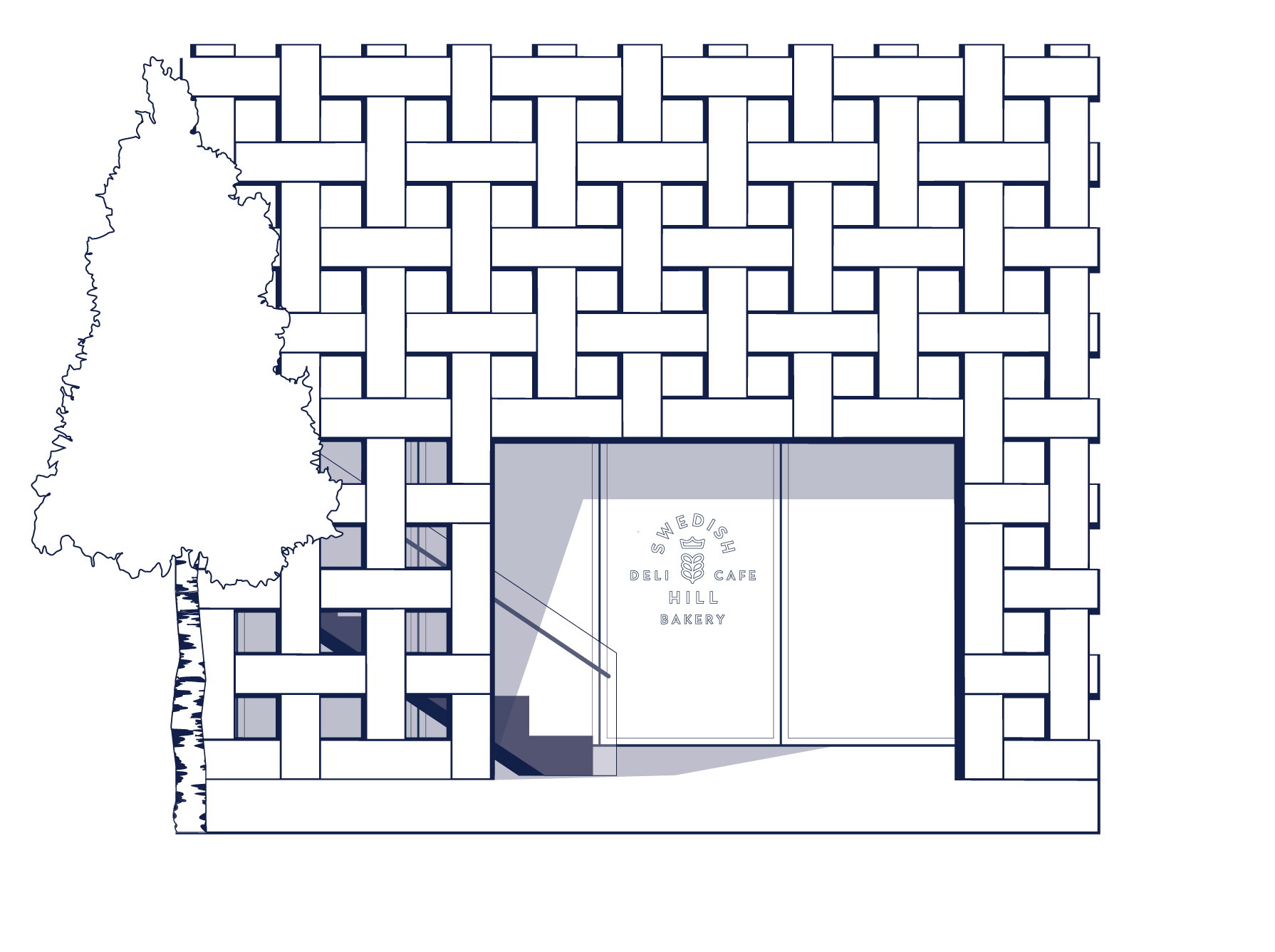Aspen Art Museum
Current Exhibitions
- Categories
- All events
- Talks and Lectures
- Member Events

- For more information on how you can join the AAM, please visit the Street Level Visitor Information Desk, inquire in the Shop, or call 970.925.8050.

- Swedish Hill Aspen is open on our Rooftop from 8AM–3PM

- Aspen Art Museum is an artist-founded institution dedicated to supporting artists in the development of bold ideas to shape our museum and the field of art today.
Artists
Mark Bradford is best known for his large-scale non-representational paintings that address the grid, but by continually more abstract means. His process is one of addition as well as removal—layering paint, twine, and glue, and then repeatedly sanding down the surfaces. His palette reflects the use of pre-existing printed materials and, as such, black and white figure prominently.
Bradford’s paintings succeed in their ability to overwhelm the viewer visually. The remnants buried below the surface evoke objects hidden for use at a later date, as well as the bulges and bruises resulting from past physical injury. The paintings reward distant viewing as well as close inspection, and while attempts to track a linear narrative along or across the surface are thwarted, the minute a discovery is made, it more than satisfies our visual, emotional, and psychological curiosity.
Bradford’s Aspen Art Museum exhibition focused on his “Merchant Posters” works, not previously considered in isolation. These “Merchant Posters” are largely created from community-oriented billboards, advertising posters, and signs he removed from chain link fences erected in his Leimert Park, Los Angeles neighborhood. Shadows—or memories—of their former utilitarian purposes remain: “Freedom Without Love,” “Promise Land Sober Living,” “Stop Evictions.” The seduction of, and subsequent yearning for, these objects is palpable. The urges and desires originally communicated subtly highlight that art—and Bradford’s works on paper in particular—fill similarly essential, albeit highly different, needs.
On the occasion of Bradford’s AAM exhibition, a fully illustrated catalogue was copublished by Aspen Art Press and Gregory R. Miller & Co., featuring essays by Heidi Zuckerman, Los Angeles–based artist and writer Malik Gaines, Los Angeles–based cultural critic Ernest Hardy, and Dia Art Foundation Director Philippe Vergne.
free courtesy
Amy & John Phelan
- Aspen Art Museum
- 637 East Hyman Avenue
- Aspen, Colorado 81611
- t: 970.925.8050
- f: 970.925.8054
- info@aspenartmuseum.org
| Hours |
|
Tuesday–Sunday, 10 AM–6 PM
Closed Mondays
|
© 2024 Aspen Art Museum
General operating support is provided by Colorado Creative Industries. CCI and its activities are made possible through an annual appropriation from the Colorado General Assembly and federal funds from the National Endowment for the Arts.



General operating support is provided by Colorado Creative Industries. CCI and its activities are made possible through an annual appropriation from the Colorado General Assembly and federal funds from the National Endowment for the Arts.




















